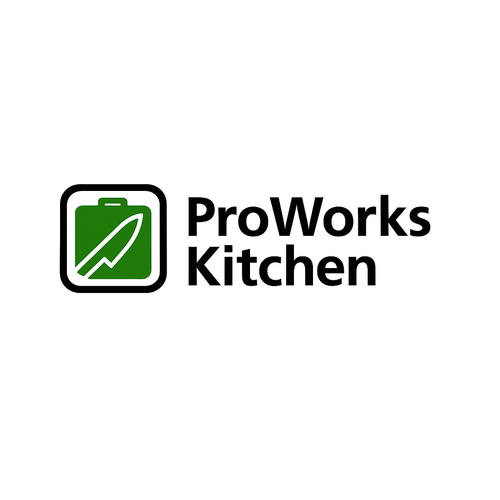Plastic cutting boards are a staple in many kitchens, but when it comes to hygiene, they might not be the best choice. Despite their reputation for being easy to clean, plastic cutting boards are not the most hygienic option. They develop deep knife grooves over time, which can trap food particles, liquids, and bacteria. Even with regular washing, these grooves make it almost impossible to remove all the contaminants. So, what’s the alternative? Let’s take a look at why stainless steel and titanium cutting boards are the hygienic choices your kitchen needs.
The Hygiene Problem with Plastic Cutting Boards
While plastic cutting boards are popular because they are inexpensive and easy to clean, they come with a major downside—microabrasions. Every time you cut, you create small grooves and cuts in the plastic, and these can trap bacteria and food particles. Even after a thorough wash, it’s nearly impossible to remove all the bacteria hiding in these grooves. This bacteria buildup creates a breeding ground for germs like Salmonella, E. coli, and Campylobacter, which can contaminate your food and cause foodborne illnesses.
Wooden Cutting Boards Aren’t the Solution Either
You might think that wooden cutting boards are more hygienic, but they too have their own set of problems. While wood is naturally antimicrobial, it’s still a porous material. That means it can absorb moisture, food juices, and bacteria. Even though wooden boards are easier on knives, they can be harder to clean thoroughly, especially when they develop deep knife marks. These knife marks create grooves where bacteria can thrive, and over time, the board becomes a cross-contamination hazard.
Why Stainless Steel and Titanium Are the Hygienic Solution
If you’re looking for the most hygienic cutting board, stainless steel and titanium are the ultimate choices. These materials are non-porous, so they don’t absorb moisture, food juices, or bacteria. The smooth, easy-to-clean surface of 304 stainless steel and 99.8% pure titanium makes it easy to sanitize your board after every use, ensuring a cleaner, safer food prep surface.
Unlike plastic or wood, stainless steel and titanium don’t develop deep grooves that trap food or bacteria. These materials are also incredibly durable and long-lasting, so you won’t have to worry about replacing your board as often.
Benefits of Stainless Steel and Titanium Cutting Boards
- Hygienic: The non-porous surface prevents bacteria, moisture, and food from getting trapped, making them easier to clean.
- Durable: Stainless steel and titanium boards won’t degrade over time like plastic or wood.
- Bacteria-resistant: These materials are naturally resistant to bacteria and are easy to sanitize after each use.
- Knife-friendly: Titanium is especially gentle on knives, preserving their sharpness for longer.
- Long-lasting: These cutting boards are built to last, providing a safe, clean cutting surface for years to come.
Why You Should Switch to Stainless Steel or Titanium
Plastic cutting boards may seem convenient, but they don’t offer the same hygiene benefits as stainless steel or titanium. If you want to ensure the safest, cleanest, and long-lasting cutting board for your kitchen, it’s time to upgrade to a 304 stainless steel or 99.8% pure titanium cutting board. These materials provide a smooth, bacteria-resistant surface that won’t trap food, moisture, or germs, keeping your kitchen safer and your food cleaner.
